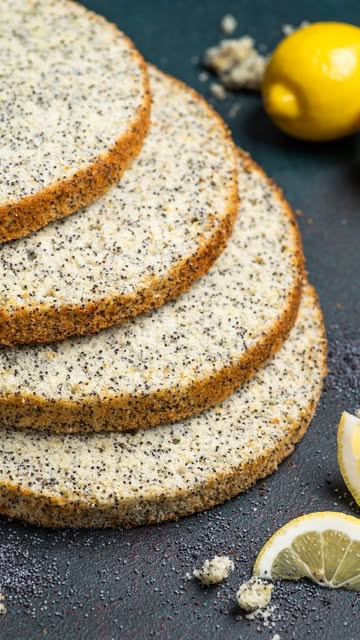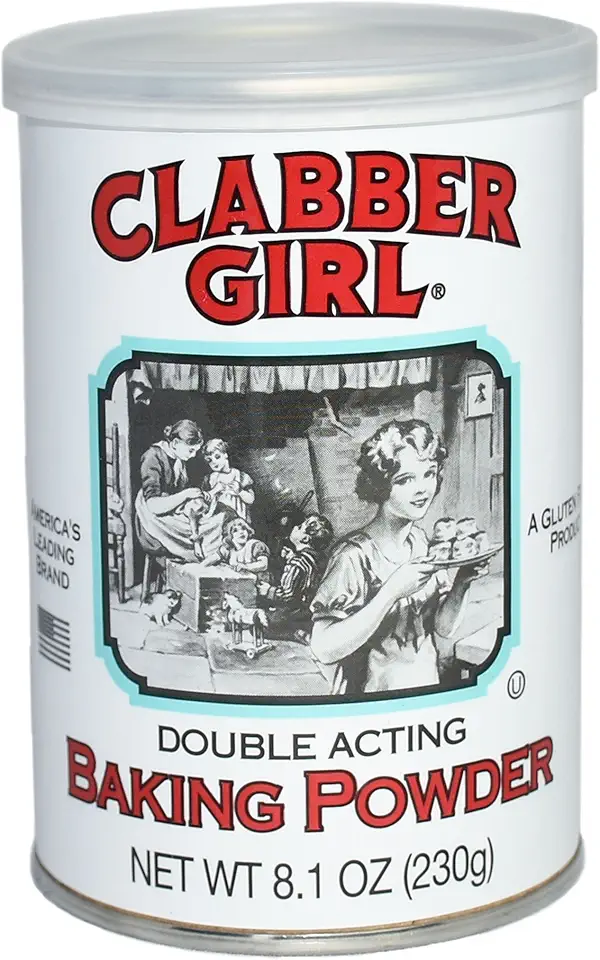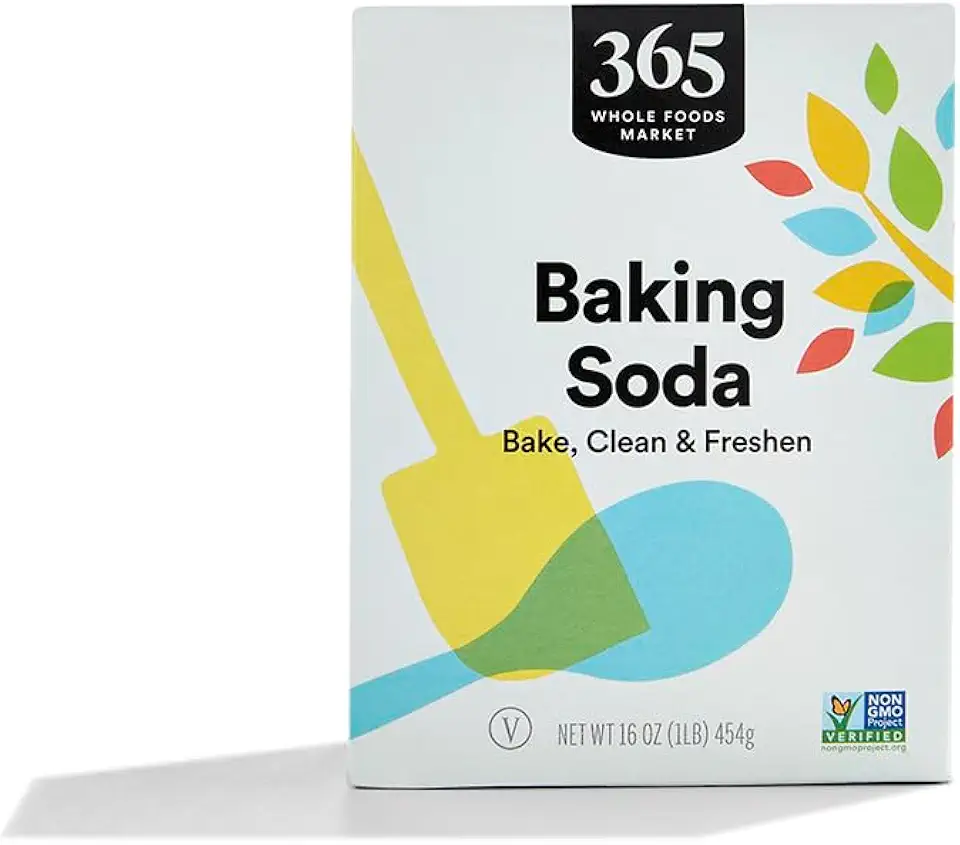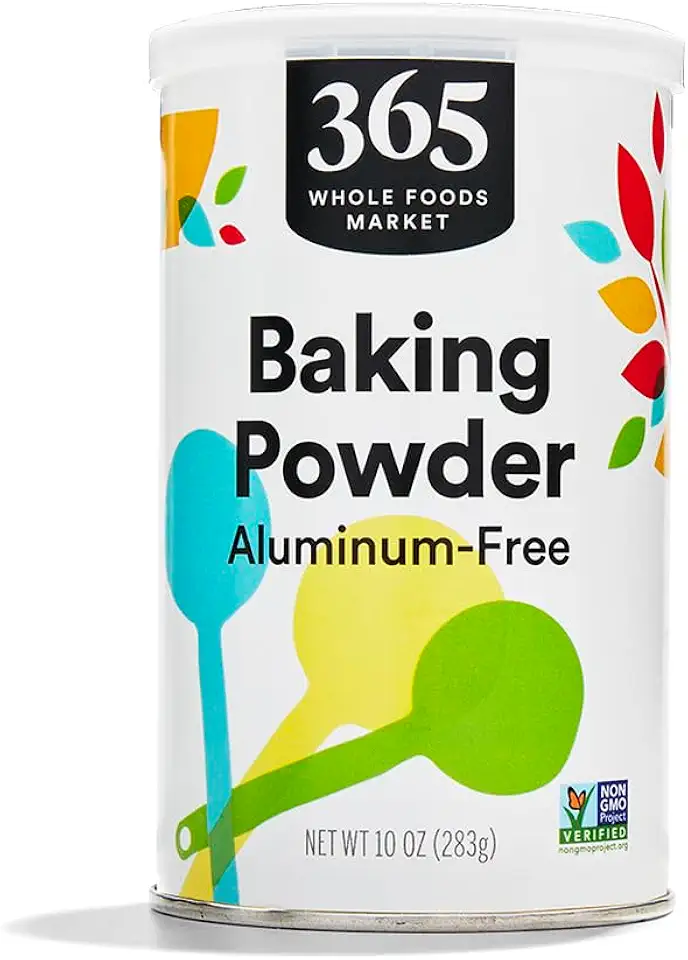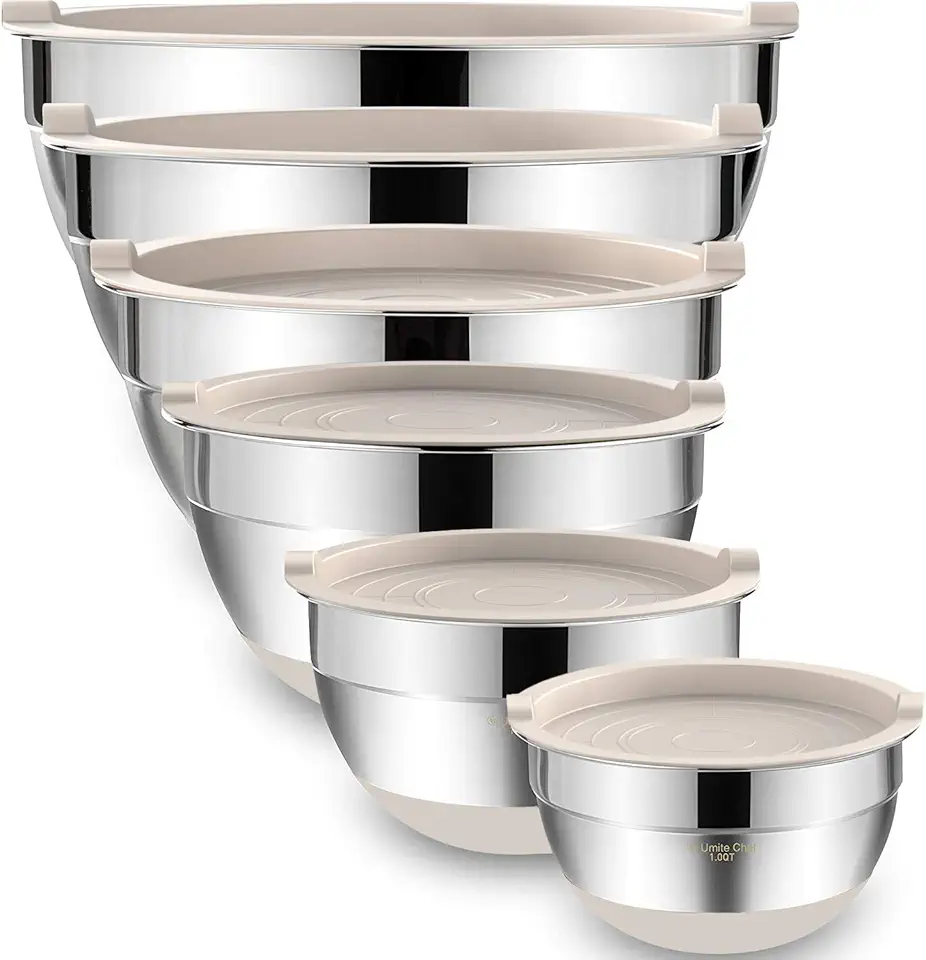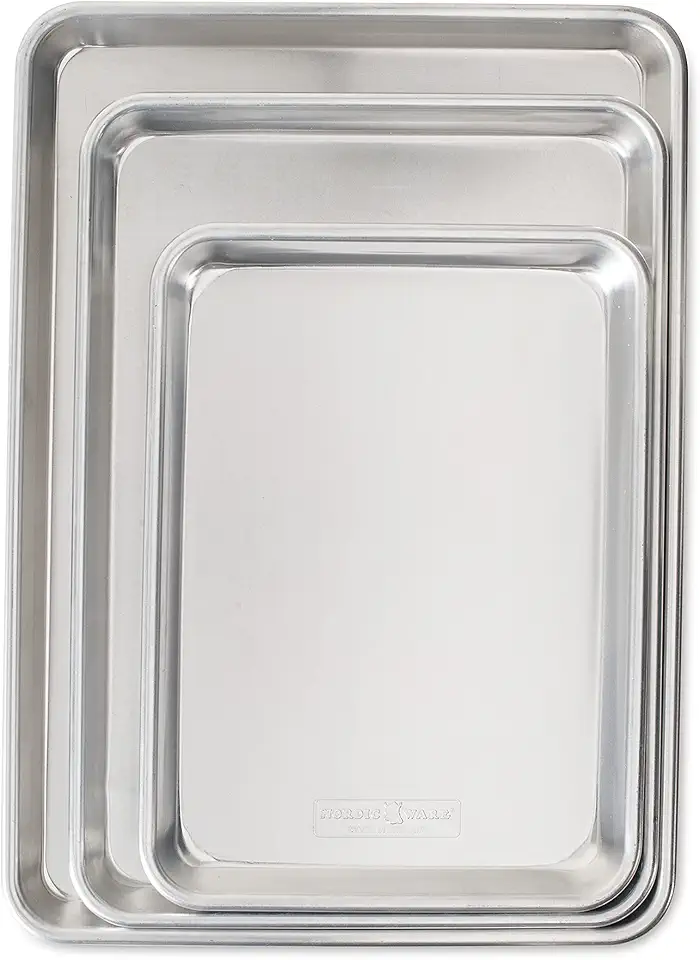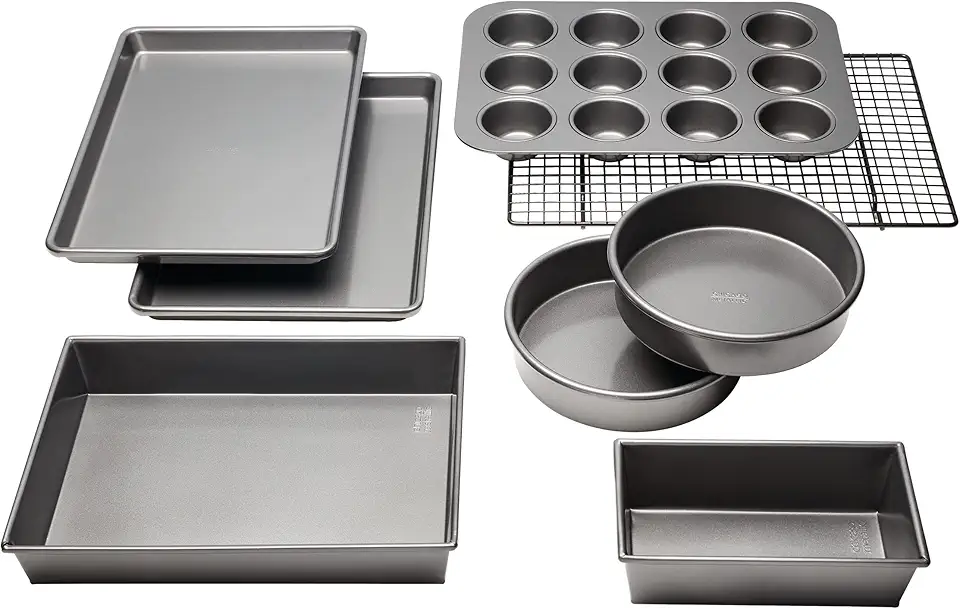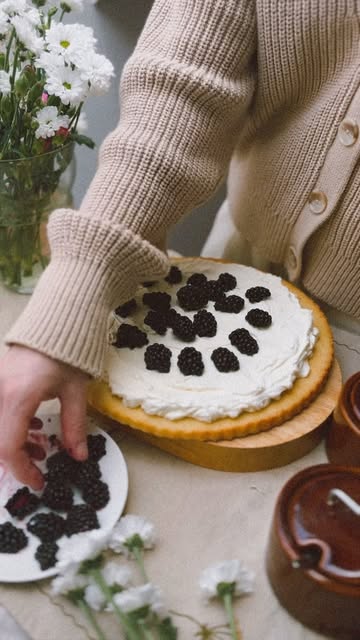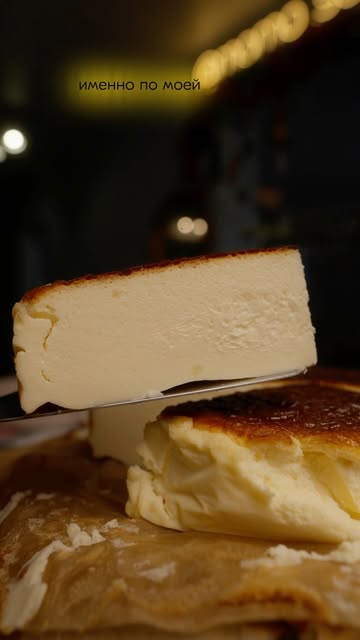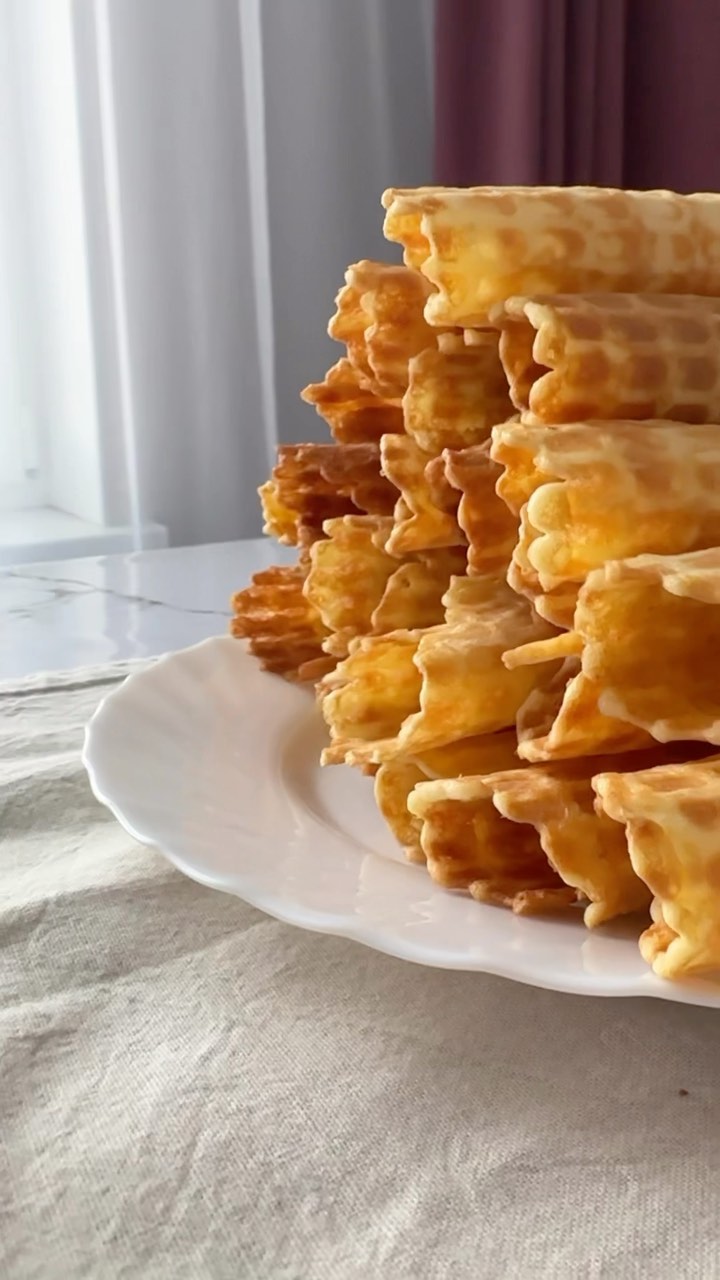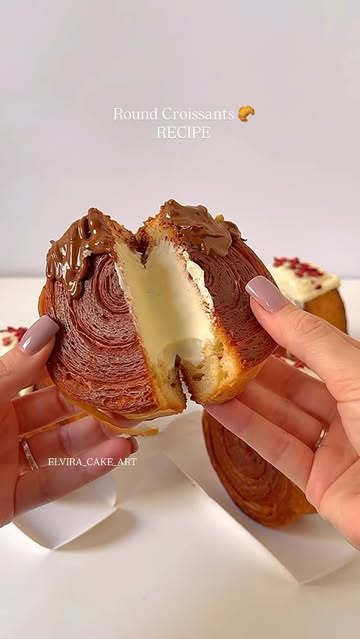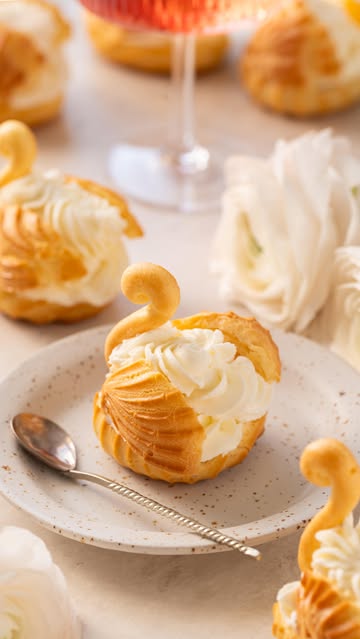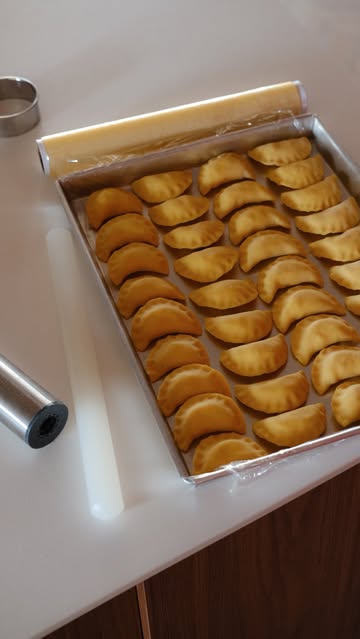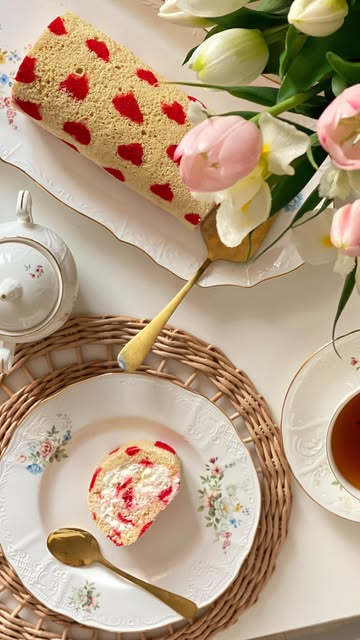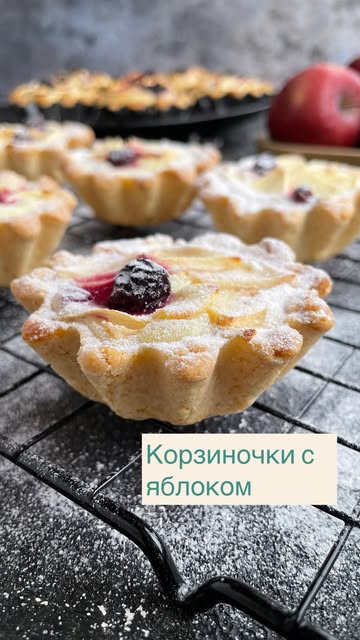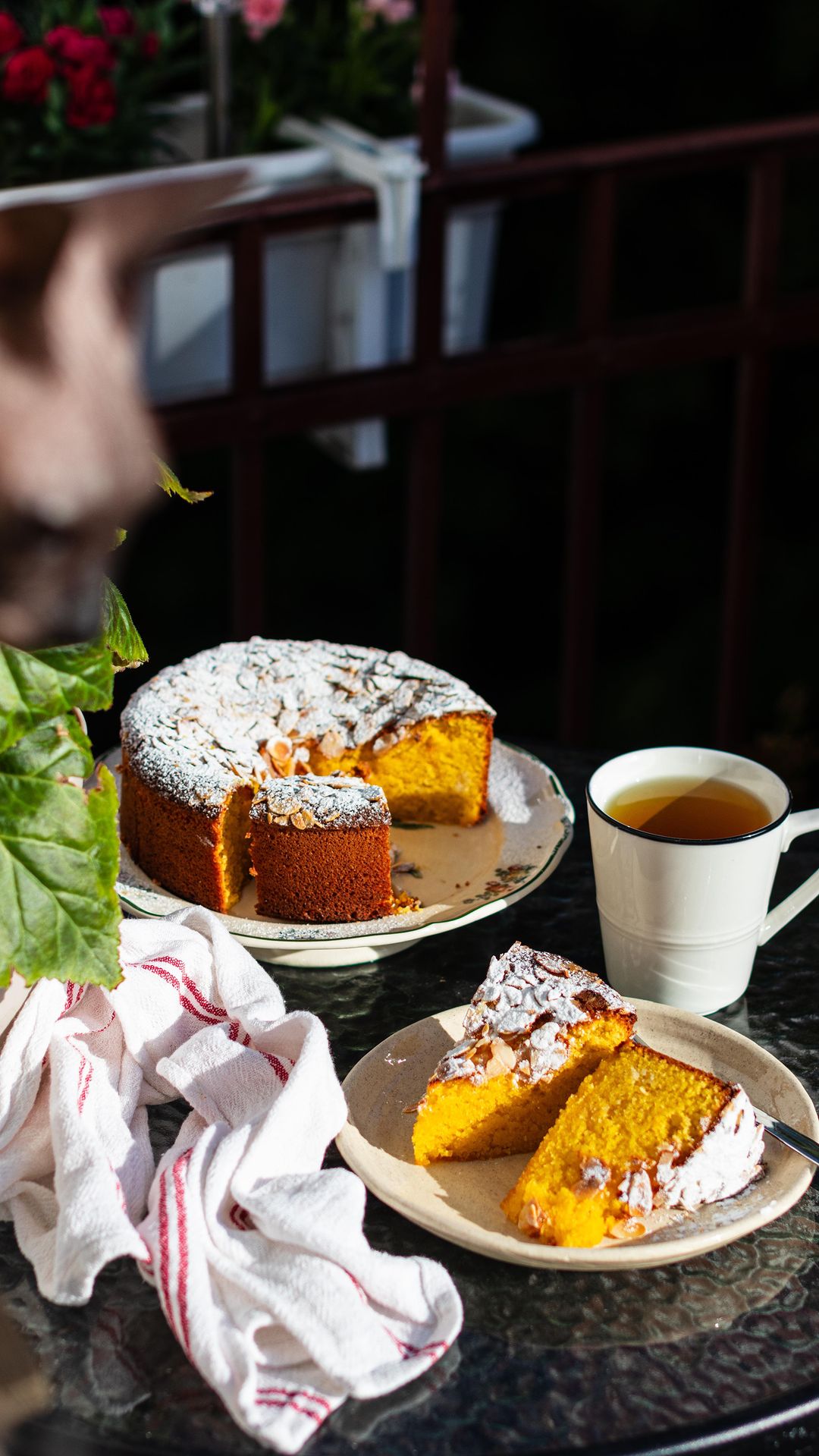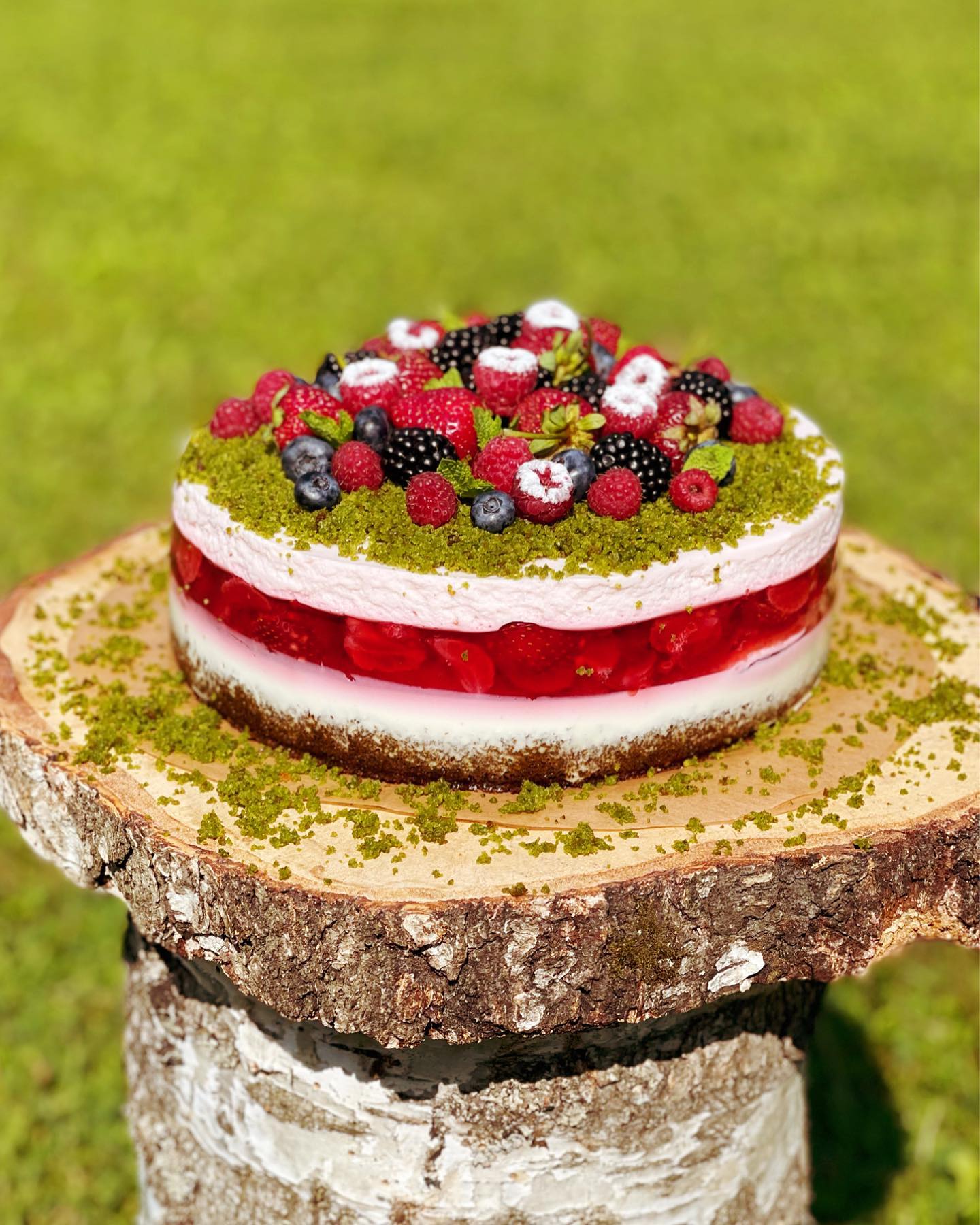Ingredients
Ingredients for Biscuit Dough
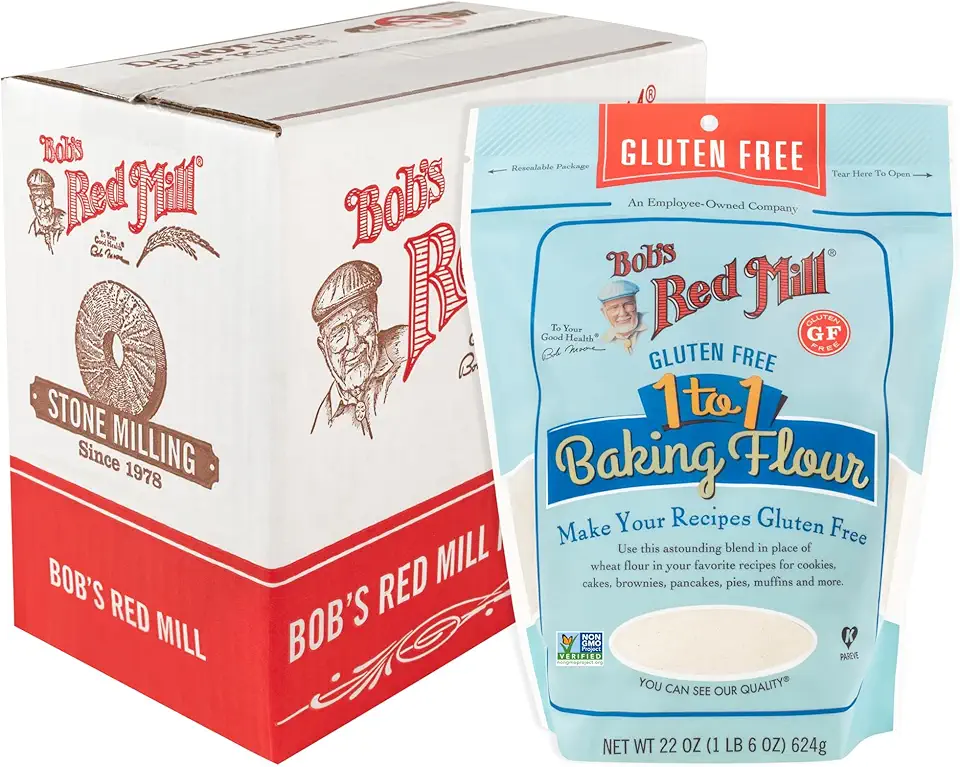 Bob's Red Mill Gluten Free 1-to-1 Baking Flour, 22 Ounce (Pack of 4)
$23.96
View details
Prime
Bob's Red Mill Gluten Free 1-to-1 Baking Flour, 22 Ounce (Pack of 4)
$23.96
View details
Prime
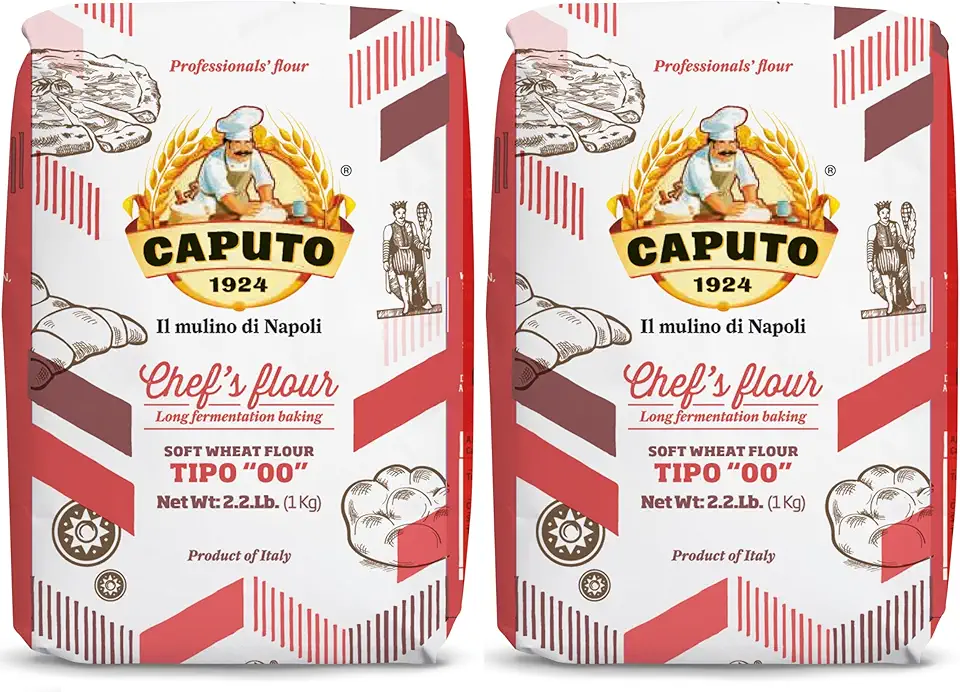 Antimo Caputo Chefs Flour - Italian Double Zero 00 - Soft Wheat for Pizza Dough, Bread, & Pasta, 2.2 Lb (Pack of 2)
$16.99
View details
Prime
best seller
Antimo Caputo Chefs Flour - Italian Double Zero 00 - Soft Wheat for Pizza Dough, Bread, & Pasta, 2.2 Lb (Pack of 2)
$16.99
View details
Prime
best seller
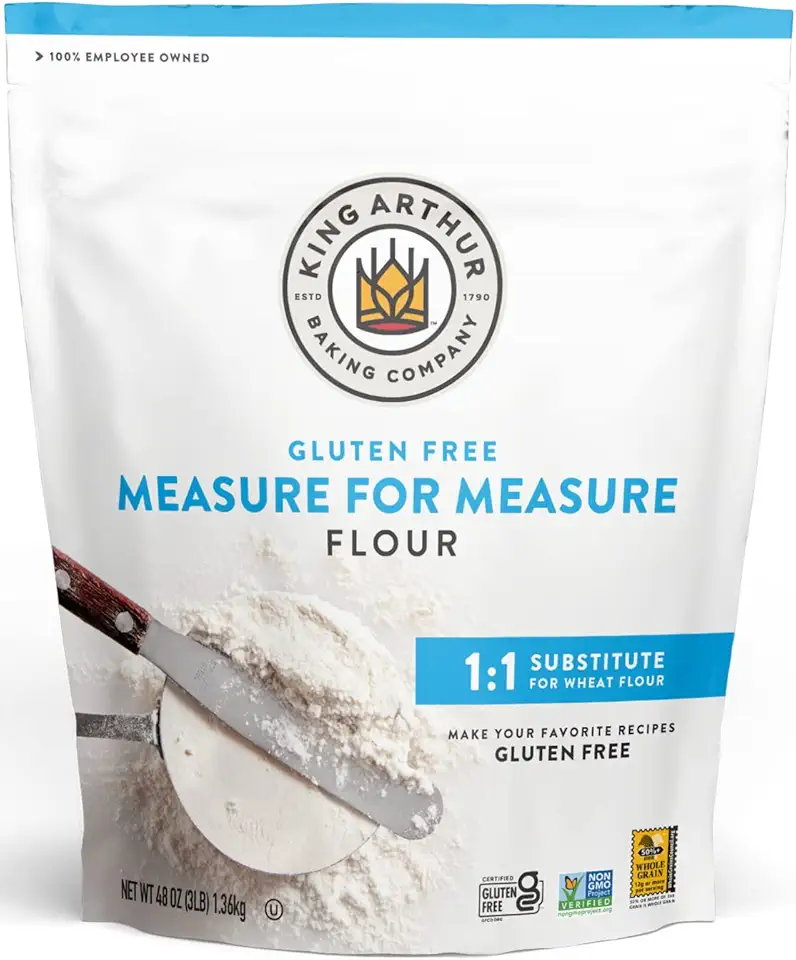 King Arthur, Measure for Measure Flour, Certified Gluten-Free, Non-GMO Project Verified, Certified Kosher, 3 Pounds, Packaging May Vary
$8.62
View details
King Arthur, Measure for Measure Flour, Certified Gluten-Free, Non-GMO Project Verified, Certified Kosher, 3 Pounds, Packaging May Vary
$8.62
View details
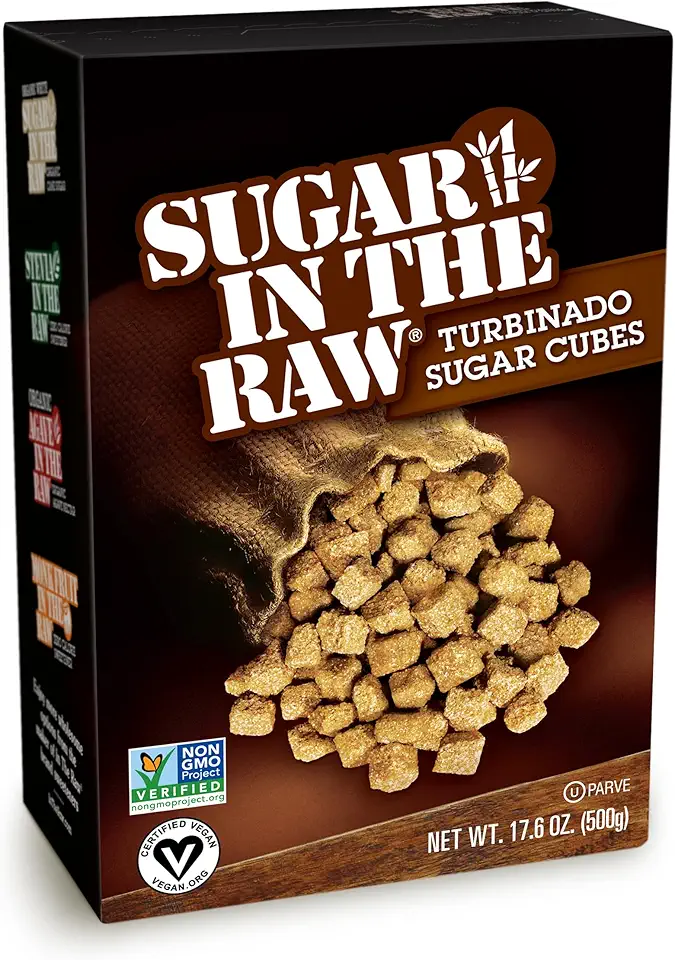 Sugar In The Raw Granulated Turbinado Cane Sugar Cubes, No Added Flavors or erythritol, Pure Natural Sweetener, Hot & Cold Drinks, Coffee, Vegan, Gluten-Free, Non-GMO,Pack of 1
$5.27
View details
Prime
Sugar In The Raw Granulated Turbinado Cane Sugar Cubes, No Added Flavors or erythritol, Pure Natural Sweetener, Hot & Cold Drinks, Coffee, Vegan, Gluten-Free, Non-GMO,Pack of 1
$5.27
View details
Prime
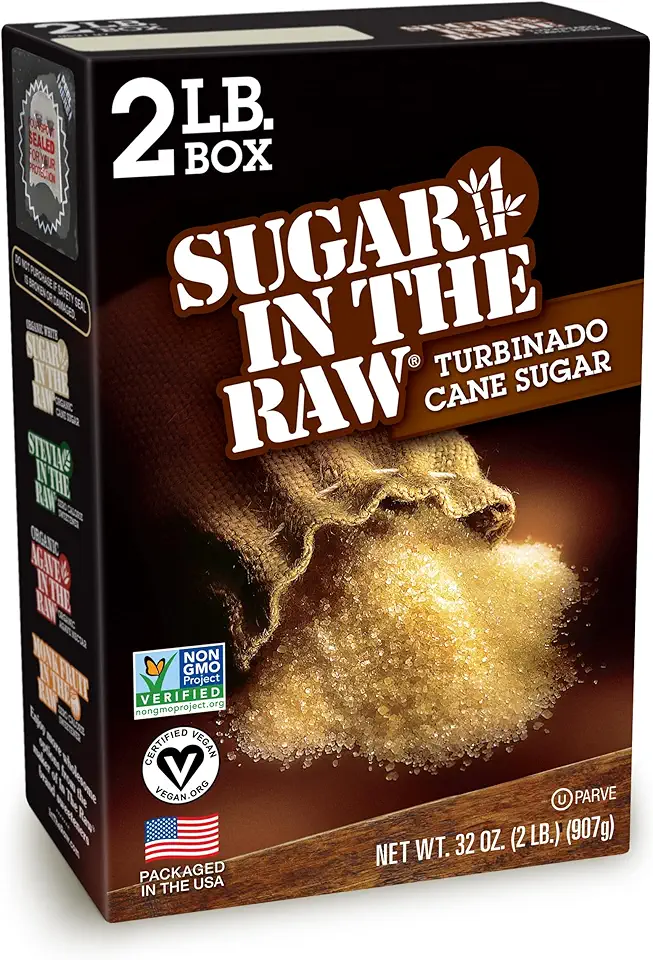 Sugar In The Raw Granulated Turbinado Cane Sugar, No Added Flavors or erythritol, Pure Natural Sweetener, Hot & Cold Drinks, Coffee, Baking, Vegan, Gluten-Free, Non-GMO, Bulk Sugar, 2lb Bag (1-Pack)
$3.74
$4.14
View details
Prime
Sugar In The Raw Granulated Turbinado Cane Sugar, No Added Flavors or erythritol, Pure Natural Sweetener, Hot & Cold Drinks, Coffee, Baking, Vegan, Gluten-Free, Non-GMO, Bulk Sugar, 2lb Bag (1-Pack)
$3.74
$4.14
View details
Prime
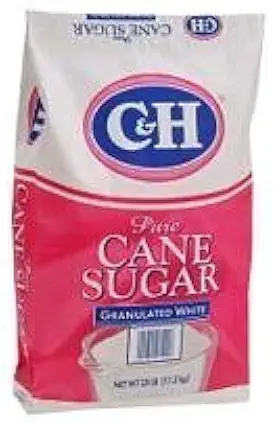 C&H Pure Cane Granulated White Sugar, 25-Pound Bags
$56.99
$49.98
View details
C&H Pure Cane Granulated White Sugar, 25-Pound Bags
$56.99
$49.98
View details
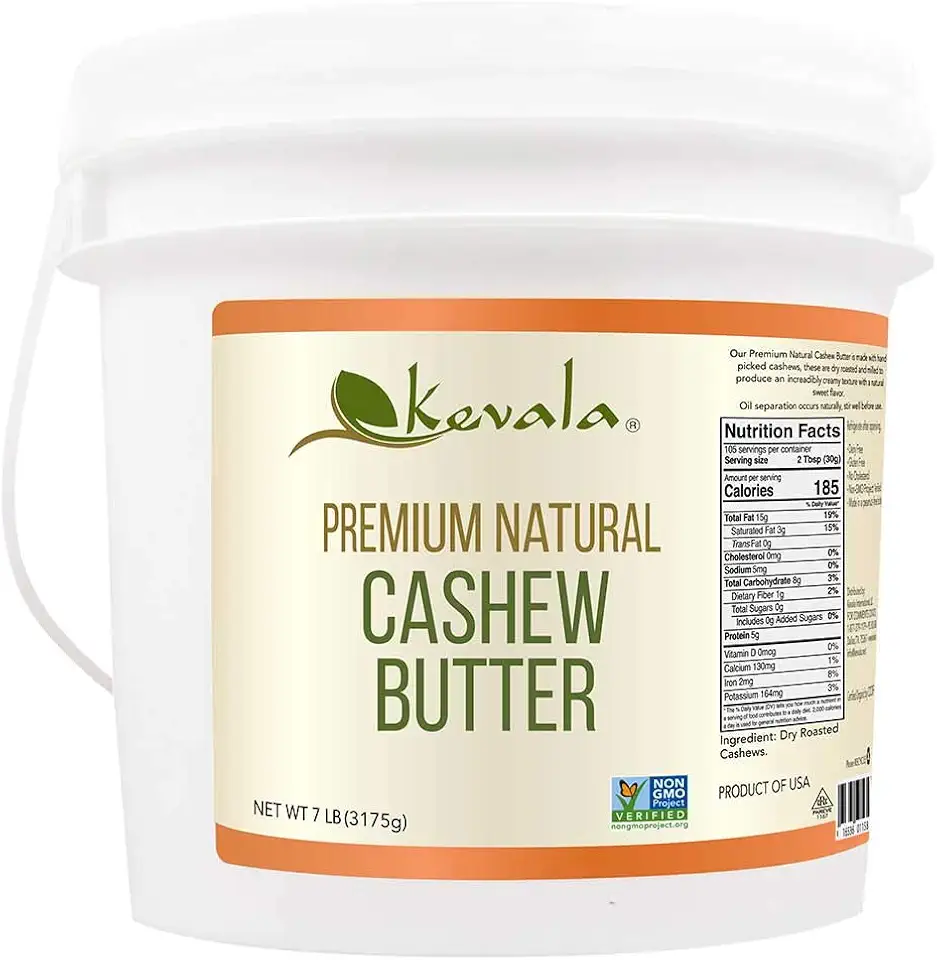 Kevala Cashew Butter 7 Lbs Pail
$83.62
View details
Prime
best seller
Kevala Cashew Butter 7 Lbs Pail
$83.62
View details
Prime
best seller
 4th & Heart Original Grass-Fed Ghee, Clarified Butter, Keto, Pasture Raised, Lactose and Casein Free, Certified Paleo (9 Ounces)
$11.49
View details
Prime
4th & Heart Original Grass-Fed Ghee, Clarified Butter, Keto, Pasture Raised, Lactose and Casein Free, Certified Paleo (9 Ounces)
$11.49
View details
Prime
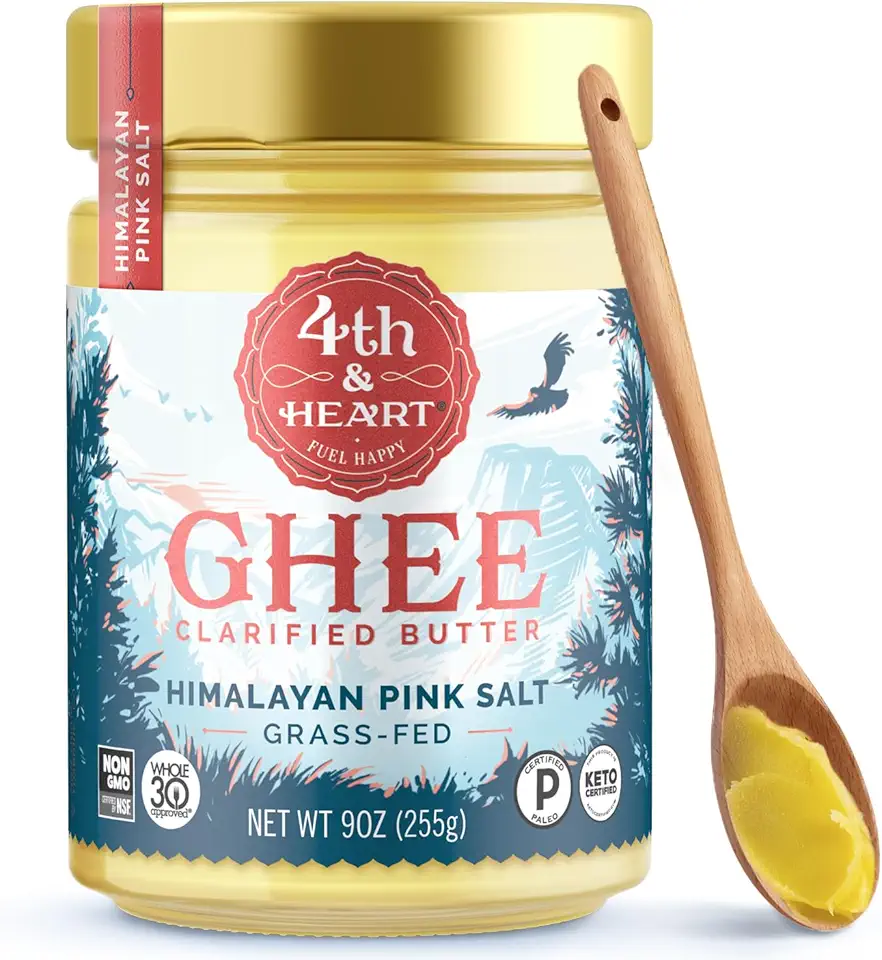 4th & Heart Himalayan Pink Salt Grass-Fed Ghee, Clarified Butter, Keto Pasture Raised, Non-GMO, Lactose and Casein Free, Certified Paleo (9 Ounces)
$9.49
View details
4th & Heart Himalayan Pink Salt Grass-Fed Ghee, Clarified Butter, Keto Pasture Raised, Non-GMO, Lactose and Casein Free, Certified Paleo (9 Ounces)
$9.49
View details
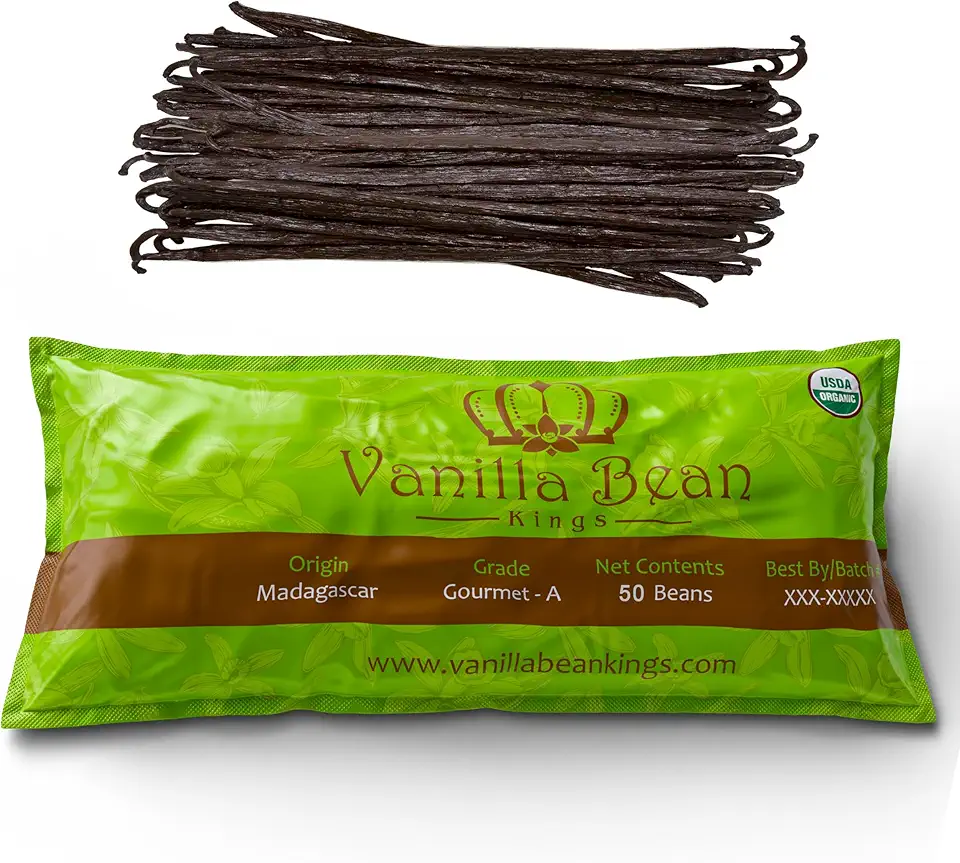 50 Organic Madagascar Vanilla Beans. Whole Grade A Vanilla Pods for Vanilla Extract and Baking
$39.99
View details
Prime
50 Organic Madagascar Vanilla Beans. Whole Grade A Vanilla Pods for Vanilla Extract and Baking
$39.99
View details
Prime
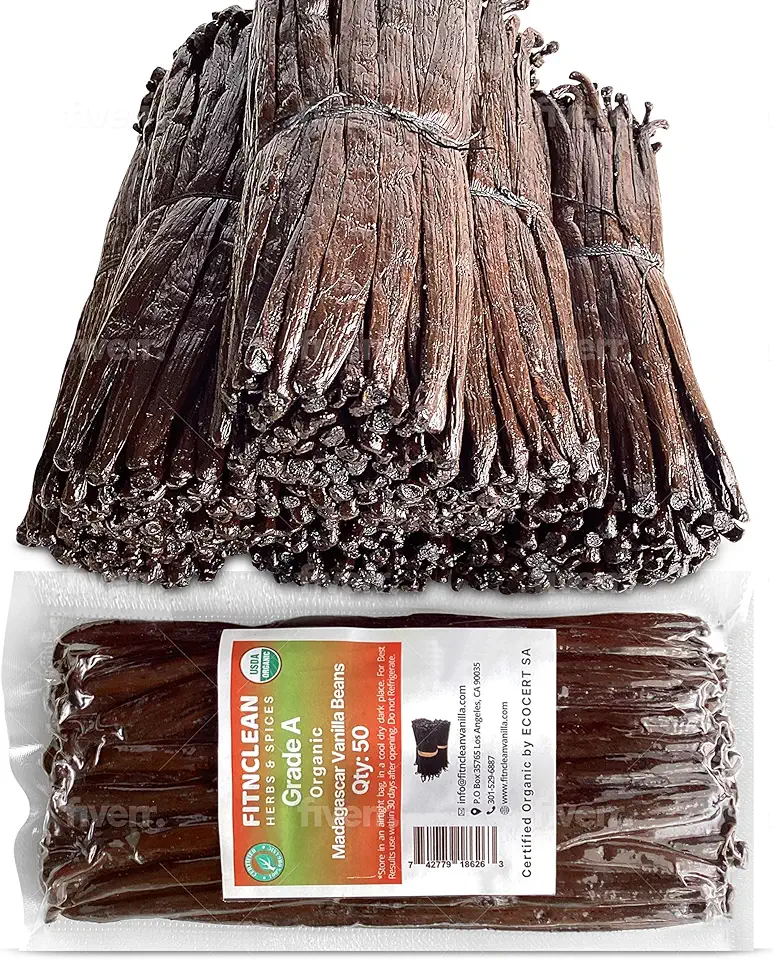 50 Organic Grade A Madagascar Vanilla Beans. Certified USDA Organic for Extract and all things Vanilla by FITNCLEAN VANILLA. ~5" Bulk Fresh Bourbon NON-GMO Pods.
$37.99
View details
Prime
50 Organic Grade A Madagascar Vanilla Beans. Certified USDA Organic for Extract and all things Vanilla by FITNCLEAN VANILLA. ~5" Bulk Fresh Bourbon NON-GMO Pods.
$37.99
View details
Prime
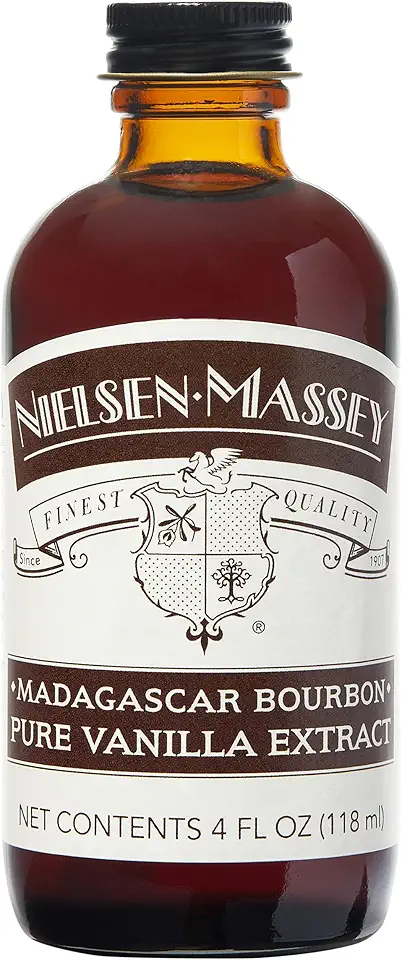 Nielsen-Massey Madagascar Bourbon Pure Vanilla Extract for Baking and Cooking, 4 Ounce Bottle
$19.95
View details
Nielsen-Massey Madagascar Bourbon Pure Vanilla Extract for Baking and Cooking, 4 Ounce Bottle
$19.95
View details
Ingredients for Cream Filling
 50 Organic Madagascar Vanilla Beans. Whole Grade A Vanilla Pods for Vanilla Extract and Baking
$39.99
View details
Prime
50 Organic Madagascar Vanilla Beans. Whole Grade A Vanilla Pods for Vanilla Extract and Baking
$39.99
View details
Prime
 50 Organic Grade A Madagascar Vanilla Beans. Certified USDA Organic for Extract and all things Vanilla by FITNCLEAN VANILLA. ~5" Bulk Fresh Bourbon NON-GMO Pods.
$37.99
View details
Prime
50 Organic Grade A Madagascar Vanilla Beans. Certified USDA Organic for Extract and all things Vanilla by FITNCLEAN VANILLA. ~5" Bulk Fresh Bourbon NON-GMO Pods.
$37.99
View details
Prime
 Nielsen-Massey Madagascar Bourbon Pure Vanilla Extract for Baking and Cooking, 4 Ounce Bottle
$19.95
View details
Nielsen-Massey Madagascar Bourbon Pure Vanilla Extract for Baking and Cooking, 4 Ounce Bottle
$19.95
View details
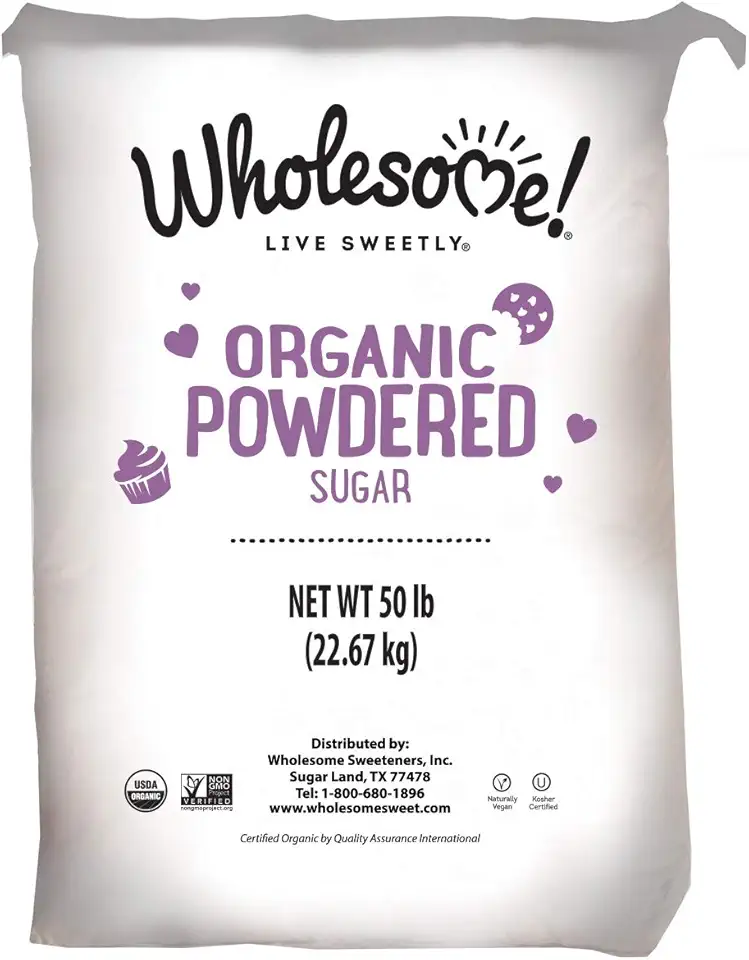 Wholesome Fair Trade Organic Powdered Sugar, Naturally Flavored Real Sugar, Non GMO & Gluten Free, 50 Pound (Pack of 1)
$106.95
View details
Prime
best seller
Wholesome Fair Trade Organic Powdered Sugar, Naturally Flavored Real Sugar, Non GMO & Gluten Free, 50 Pound (Pack of 1)
$106.95
View details
Prime
best seller
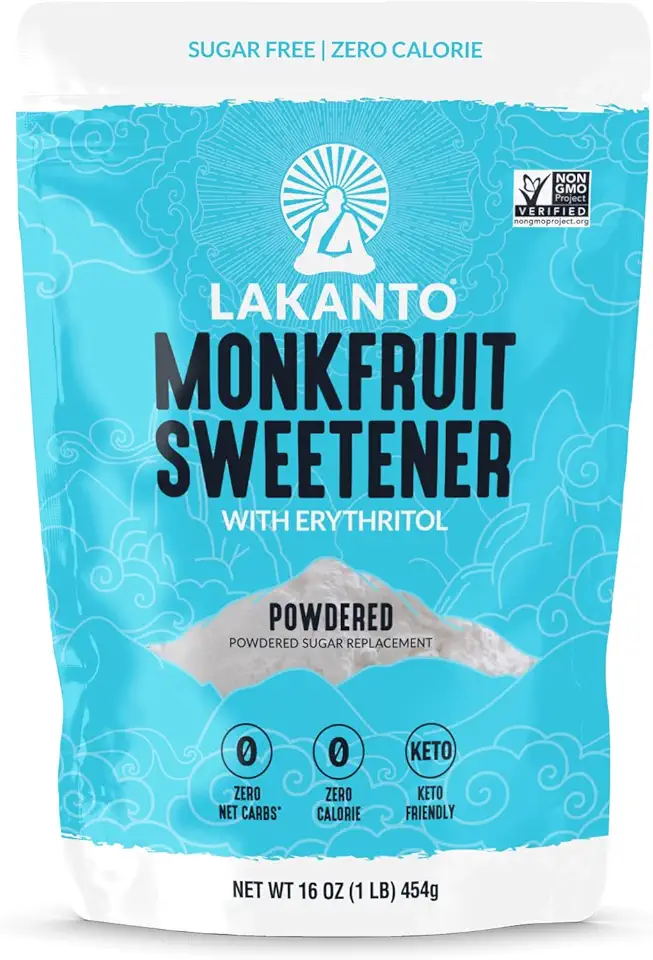 Lakanto Powdered Monk Fruit Sweetener with Erythritol - Powdered Sugar Substitute, Zero Calorie, Keto Diet Friendly, Zero Net Carbs, Baking, Extract, Sugar Replacement (Powdered - 1 lb)
$11.90
View details
Prime
Lakanto Powdered Monk Fruit Sweetener with Erythritol - Powdered Sugar Substitute, Zero Calorie, Keto Diet Friendly, Zero Net Carbs, Baking, Extract, Sugar Replacement (Powdered - 1 lb)
$11.90
View details
Prime
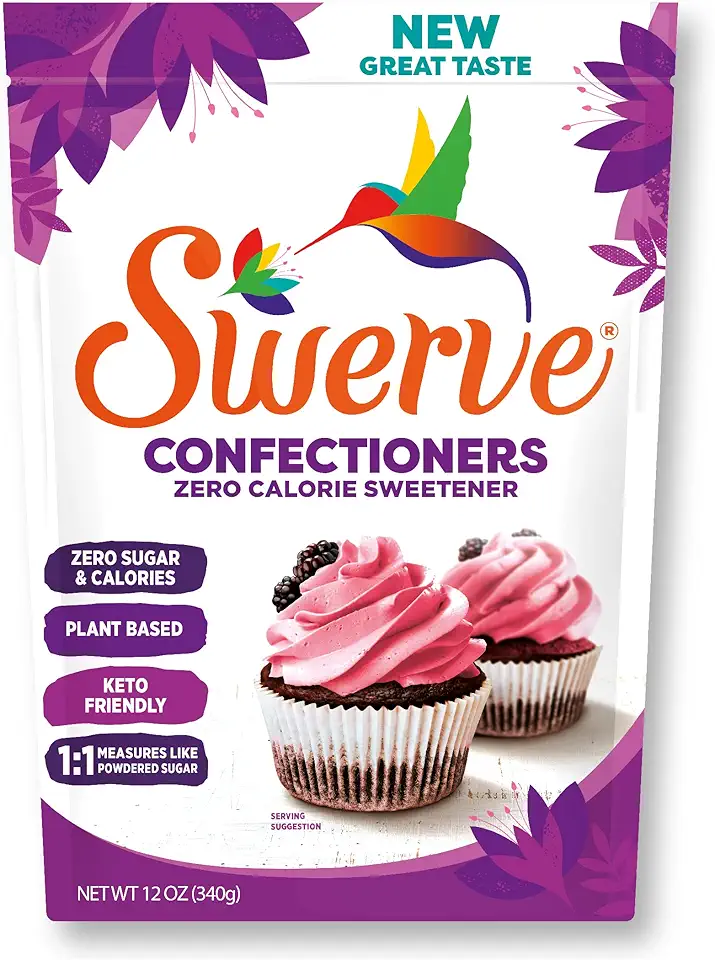 Swerve Sweetener Powder, Confectioners, 12 oz
$6.98
View details
Swerve Sweetener Powder, Confectioners, 12 oz
$6.98
View details
Instructions
Step 1
Start by preheating your oven to 180°C (350°F). In a large mixing bowl, whisk together the **flour**, **sugar**, **baking powder**, and **salt** until well combined. In another bowl, mix the **eggs**, **melted butter**, and **vanilla extract** until frothy.
Gradually combine the wet ingredients with the dry ingredients, stirring gently until just mixed. Be careful not to overmix, as this can affect the texture of your biscuits.
Step 2
Pour the biscuit batter into a greased and floured baking pan, smoothing the top with a spatula. Bake in the preheated oven for about **25-30 minutes**, or until a toothpick inserted in the center comes out clean.
Once baked, allow the biscuits to cool in the pan for **10 minutes**, then transfer them to a wire rack to cool completely.
Step 3
While the biscuits are cooling, make the cream filling. In a mixing bowl, combine the **heavy whipping cream**, **powdered sugar**, and **vanilla extract**. Using a hand mixer, whip the cream until stiff peaks form.
Be sure to watch carefully; over-whipping can lead to a grainy texture in the cream. Once ready, set aside in the refrigerator until the biscuits are cool.
Step 4
Once the biscuit layers are completely cooled, carefully slice each layer horizontally. Spread a generous amount of the whipped cream on the bottom layer, then place the second layer on top. Repeat this process if you have more layers.
Optionally, you can garnish the top with additional whipped cream and fresh fruits for a beautiful presentation. Enjoy your delicious homemade biscuit cake!
Servings
If you're looking for **the perfect way** to serve your sponge cake, consider these delightful suggestions! 🎉
**First up**, enjoy it with a light dusting of powdered sugar and fresh berries. This simple presentation really highlights the delicious flavor and fluffy texture of your cake. Pair it with a scoop of whipped cream or a dollop of homemade jam for a lovely touch! 🍓
**For a decadent twist**, try serving your sponge cake layered with rich ganache or a luscious cream filling. Add some seasonal fruits in between layers for that extra zing! 🍰🍑
**Don’t forget about beverages!** This sponge cake pairs wonderfully with a cup of herbal tea or a chilled glass of lemonade. The balance of flavors is sure to enhance your dessert experience. 🍋☕
Equipment
Use a variety of sizes for different ingredients. Make sure they are wide enough for easy mixing and have a non-slip base for better grip.
A hand mixer or stand mixer will save you time and effort when whipping eggs or batter. Ensure that the attachments are clean and dry for the best results.
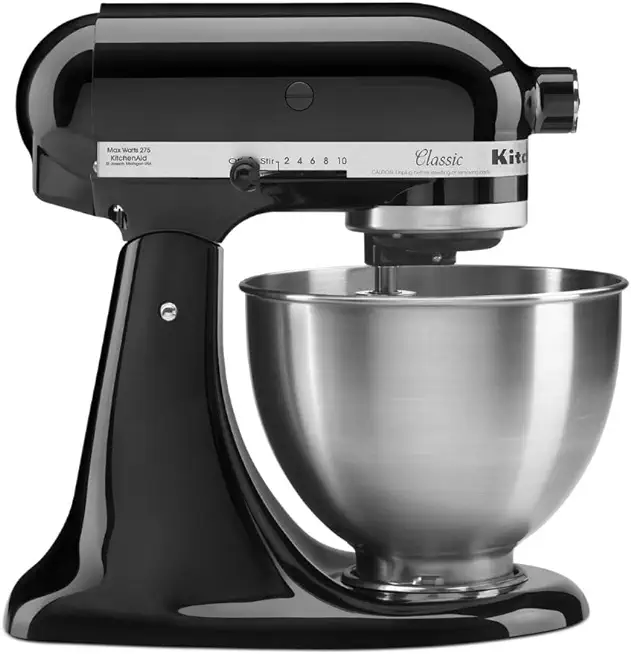 KitchenAid Classic Series 4.5 Quart Tilt-Head Stand Mixer K45SS, Onyx Black
$279.99
$329.99
View details
KitchenAid Classic Series 4.5 Quart Tilt-Head Stand Mixer K45SS, Onyx Black
$279.99
$329.99
View details
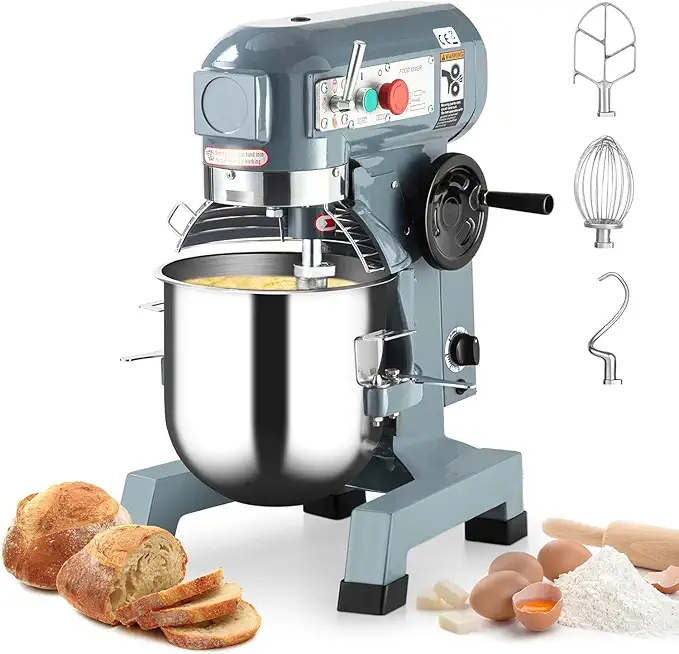 Commercial Stand Mixer, 15Qt Heavy Duty Electric Food Mixer, Commercial Mixer 600W with 3 Speeds Adjustable 130/233/415RPM, Stainless Steel Bowl, Dough Hook Whisk Beater Perfect for Bakery Pizzeria
$579.99
View details
Prime
Commercial Stand Mixer, 15Qt Heavy Duty Electric Food Mixer, Commercial Mixer 600W with 3 Speeds Adjustable 130/233/415RPM, Stainless Steel Bowl, Dough Hook Whisk Beater Perfect for Bakery Pizzeria
$579.99
View details
Prime
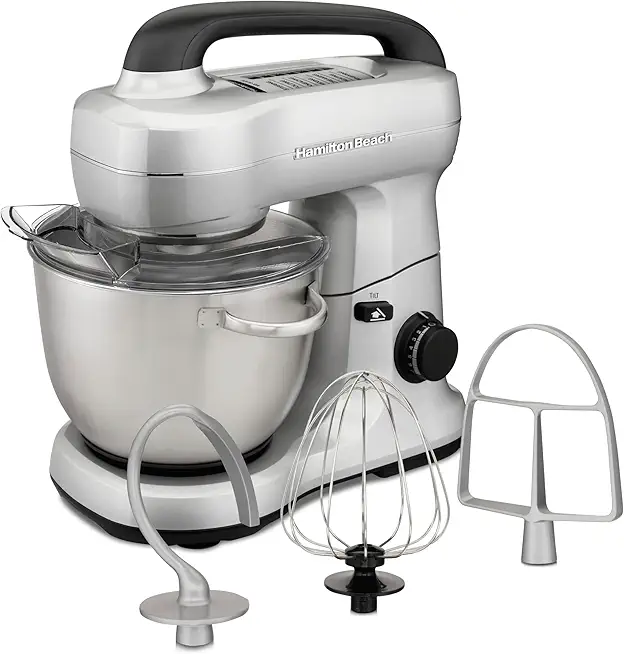 Hamilton Beach Electric Stand Mixer, 4 Quarts, Dough Hook, Flat Beater Attachments, Splash Guard 7 Speeds with Whisk, Silver
$95.99
$119.99
View details
Hamilton Beach Electric Stand Mixer, 4 Quarts, Dough Hook, Flat Beater Attachments, Splash Guard 7 Speeds with Whisk, Silver
$95.99
$119.99
View details
A flexible spatula is perfect for folding in ingredients gently. Opt for a silicone spatula as it's heat-resistant and easy to clean.
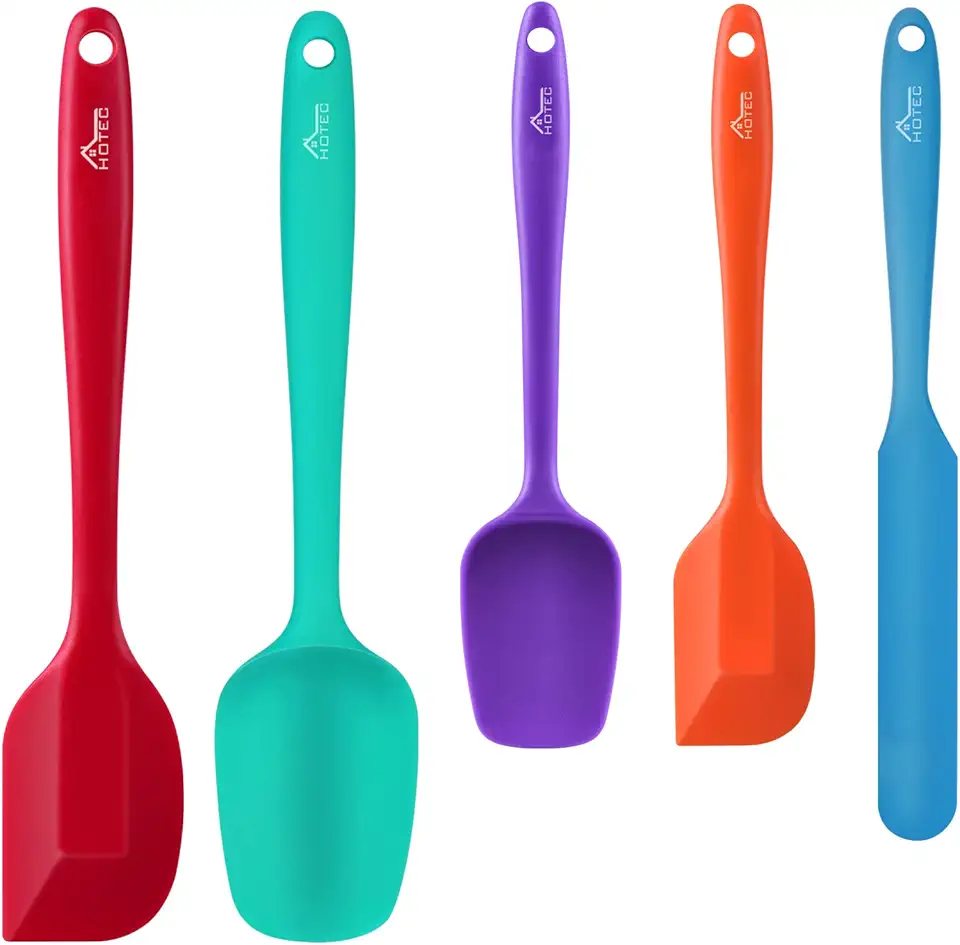 HOTEC Food Grade Silicone Rubber Spatula Set for Baking, Cooking, and Mixing High Heat Resistant Non Stick Dishwasher Safe BPA-Free Multicolor Set of 5
$9.59
$18.99
View details
Prime
HOTEC Food Grade Silicone Rubber Spatula Set for Baking, Cooking, and Mixing High Heat Resistant Non Stick Dishwasher Safe BPA-Free Multicolor Set of 5
$9.59
$18.99
View details
Prime
 Wilton Icing Spatula - 13-Inch Angled Cake Spatula for Smoothing Frosting on Treats or Spreading Filling Between Cake Layers, Steel
$7.98
$8.75
View details
Wilton Icing Spatula - 13-Inch Angled Cake Spatula for Smoothing Frosting on Treats or Spreading Filling Between Cake Layers, Steel
$7.98
$8.75
View details
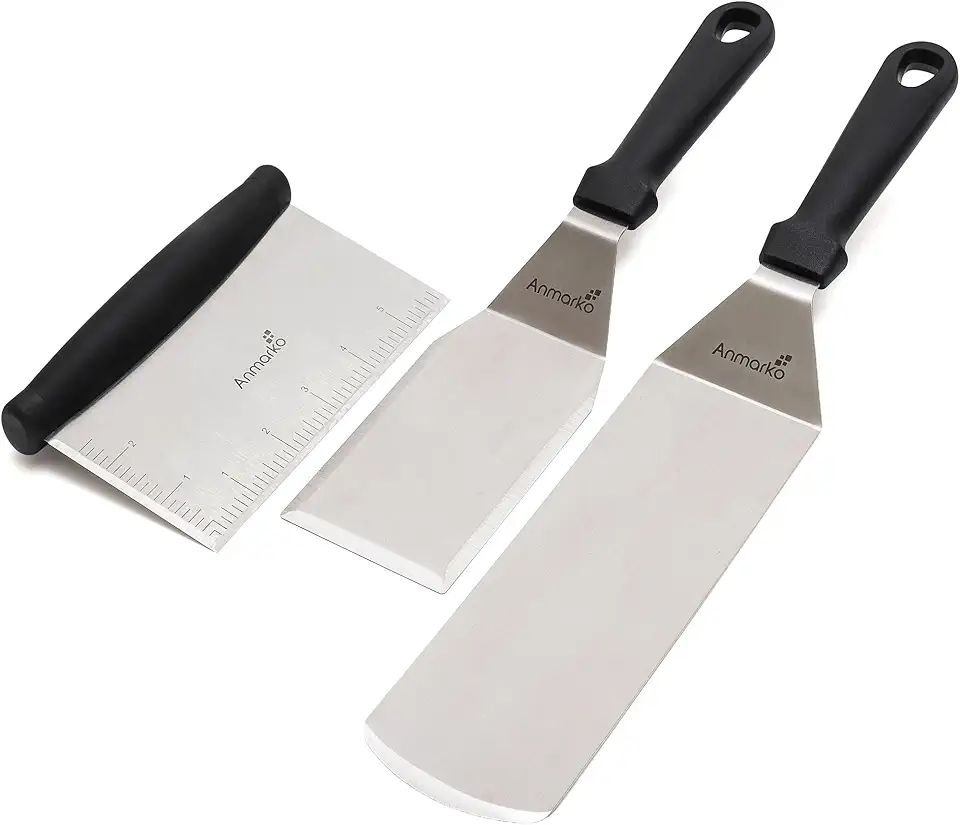 Metal Spatula Stainless Steel and Scraper - Professional Chef Griddle Spatulas Set of 3 - Heavy Duty Accessories Great for Cast Iron BBQ Flat Top Grill Skillet Pan - Commercial Grade
$19.99
$22.99
View details
Metal Spatula Stainless Steel and Scraper - Professional Chef Griddle Spatulas Set of 3 - Heavy Duty Accessories Great for Cast Iron BBQ Flat Top Grill Skillet Pan - Commercial Grade
$19.99
$22.99
View details
Select the right size cake pans, preferably light-colored to prevent over-browning. Make sure to line the pans with parchment paper for easy removal.
Variations
Want to change things up? Here are some **gluten-free and vegan variations** of the sponge cake that are just as delicious! 🥳
Gluten-Free Sponge Cake: Substitute regular flour with a gluten-free flour blend. You can also add a bit of xanthan gum to ensure the right texture. Adjust the liquid ingredients slightly to maintain moisture. 🍞
Vegan Sponge Cake: Replace eggs with a mix of ground flaxseed and water or a commercial egg substitute. Use almond milk or soy milk instead of dairy and ensure you use vegan-friendly sugar. Enjoy the fluffy goodness without compromising your dietary choices! 🌱
Faq
- What are the signs of a perfectly baked sponge cake?
A perfectly baked sponge cake should spring back when lightly pressed, have an even golden-brown color, and pull away slightly from the sides of the pan.
- How do I store leftover sponge cake?
Wrap the cake tightly in plastic wrap and store it in an airtight container at room temperature. You can also refrigerate it for a longer shelf life.
- What should I do if my sponge cake is too dense?
This can happen if you overmix the batter or bake it at too high a temperature. Ensure to fold in ingredients gently and check your oven temperature with a thermometer.
- Can I replace sugar with a sugar substitute in this recipe?
Yes, you can use sugar substitutes, but ensure to follow the conversion ratios on the packaging. Some substitutes may affect the texture and moisture of the cake.
- What can I do to prevent the cake from sticking to the pan?
Grease your cake pans with butter or bake spray, and use parchment paper at the bottom. This will make it easier to remove without breaking.
- Is it necessary to sift flour for sponge cake?
Sifting flour helps to incorporate air and remove clumps, making for a lighter cake. It's generally recommended but not mandatory if you're using fine flour.

